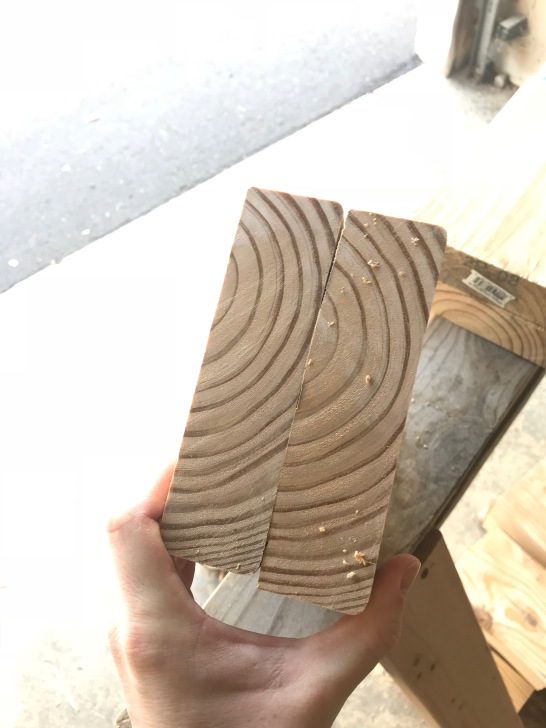My outreach work started in earnest during my PhD in Louisville, Kentucky, United States. As such, most of this work has focused on pollinators. I look forward to starting new projects in France focused on my aquatic navigation research. If you see any avenue for collaboration here, please do not hesitate to reach out.
Increasing green space in historically redlined neighborhoods
I recently published an Op-Ed in the Courier Journal, which focused on the negative consequences of Louisville’s particularly strong urban heat island on both Louisville residents and the ecosystem. In it, I argue that Louisville Metro government should implement new legislation that would incentivize the conversion of vacant lots and underused lawns into patches of natural habitat, community gardens, and parks. Give it a read here .

Forest preservation in the face of pipeline development
Another Op-Ed I recently published makes a call for the stopping the development of a natural gas pipeline that is planned to run through pristine forests/grasslands. This pipeline is planned to run through habitat types that are rare to the region, and this development, and the seizure of a protected forest pose a serious threat to local populations and rare species. Give it a read here.

Bee boxes for schools
I have worked with elementary schools in Louisville, KY, USA, in an effort to establish a network of bee nests at these schools. My goal is to blend education and research with this project. When I establish these nests I also include some lectures on pollination, insects and conservation. If you or someone you know would like a nest at any local school please reach out! I would love to hand out some more nests. (See my contact page)

See below on instructions for how to build your own solitary bee nest.
Public Talks
I have given a number of public talks on various topics, most revolving around plants and insects. I work especially close with Idlewild Insectarium to organize public talks on Entomological topics. Check out their amazing work and upcoming events at their website here: http://www.idlewildbutterflyfarm.com

More
I find community engagement and public outreach critically important in the scientific community and would love to continue outreach work. If you would be interested in working together on an outreach project or a talk please let me know. I have given out bee boxes to some local schools and if your school would like one please reach out.
How to build your own solitary bee nest
Here, I give instructions on how to create the nests I use in my research. These nests are generally easy to make and can be left outside for two years.
Supplies required:
2 x 6 pine, untreated
1/2” plywood
2.5” exterior screws
Four drill bits (I use 1/2, 3/8, 1/4, and 7/32)
Drill
Saw (handsaw, circular, table, band, whichever you have will work)
Instructions:
- Cut 2 x 6 pine into 8” lengths. You will need two lengths for each nest you make.

- Screw your 8” lengths from Step 1 together
- Drill cavities into the front of the 8” lengths (see pictures below)
- Larger cavities (1/2 and 3/8) should be 6” deep
- Smaller cavities (1/4 and 7/32) should be 4” deep
- One cavity for each size on each 2×6 length (4 sizes, 8 cavities total)
- I make sure I’m drilling the correct depth by taping off the length on the bit
- I may try to clear out sawdust from the cavities using a keyboard cleaner
- Cut the plywood into 5” x 9” rectangles (or larger if you want, these dimensions aren’t super important
- Glue the plywood rectangle to the top of the nest (see picture below)
- If you don’t have glue you could nail or screw it to the nest, but be sure to avoid putting the nail or screw through a cavity you drilled

- Lightly burn the front of the nest and sides. Bee-lore says that the bees like this.
- Attach the nest to a post, or side of your house
- Watch for spiders and ants, they love invading the nest. I cover my posts with t-shirt cut outs dipped in motor oil.
- I put my nests out in early April (Kentucky) and bees nest throughout the summer
- Watch and enjoy!






